
Hearing Aid
Hearing loss is nothing new - but man-made solutions have certainly evolved. Throughout the years, vanity and convenience combined to produce formidable, fashionable, and ultimately first-rate hearing instruments.
We live in a digital world—and hearing instruments are no exception. Not only does digital signal processing result in more accurate hearing, it can be adjusted to individual needs in a way older analog hearing instruments never could.
What Are Hearing Aids?A hearing aid is a device designed to improve hearing. Hearing aids are classified as medical devices in most countries, and regulated by the respective regulations.
Modern hearing aids require configuration to match the hearing loss, physical features, and lifestyle of the wearer. This process is called "fitting" and is performed by audiologists. The amount of benefit a hearing aid delivers depends in large part on the quality of its fitting. Devices similar to hearing aids include the bone anchored hearing aid, and cochlear implant.
How A Hearing Aid Works?Sound enters the hearing aid through a tiny opening and is picked up by the microphone. There is an amplifier inside the hearing aid that makes the sound louder. The amplified sound comes out of the hearing aid through a speaker (receiver) and is directed into the ear canal. A tiny battery supplies the power to the hearing aid. Depending on the hearing aid model, the volume can either be adjusted automatically by the hearing aid or by the user with a small control on the hearing aid.
Benefits Of Hearing Aids
-
Make sound louder.
-
Make speech easier to understand in most situations.
-
Help you hear certain pitches better, such as high - pitched consonant sounds (s, t, f and sh).
-
Enable you to participate more fully in life's activities.
Hearing Aid TypesHearing aids are available in a variety of styles designed to meet different cosmetic preferences and address different hearing loss needs. Your hearing care professional can help you identify which hearing aid styles are appropriate for your specific needs.
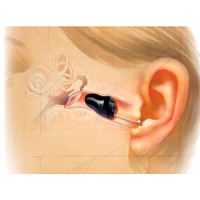
Invisible In the Canal (IIC)
Hearing aids are very similar to Completely In the Canal (CIC) hearing aids except that they are slightly smaller and are worn deeper in the ear canal making them completely invisible, even if someone were to peer inside your ear.
Completely in the Canel(CIC)
Hearing aids fit deeply inside your ear canal, making them almost invisible. The advantages include cosmetic appeal, reduced feedback and excellent sound quality. CICs are suitable for mild to moderately severe hearing losses. This completely in the canal (CITC) model is moulded to fit inside your ear canal. This helps in improving moderate to mild hearing loss in adults. These are the smallest hearing aid and least visible type.
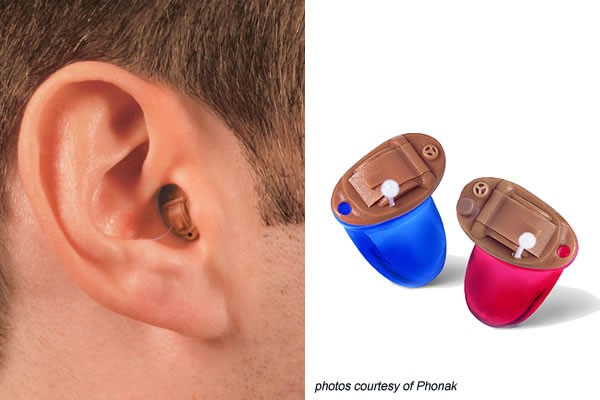
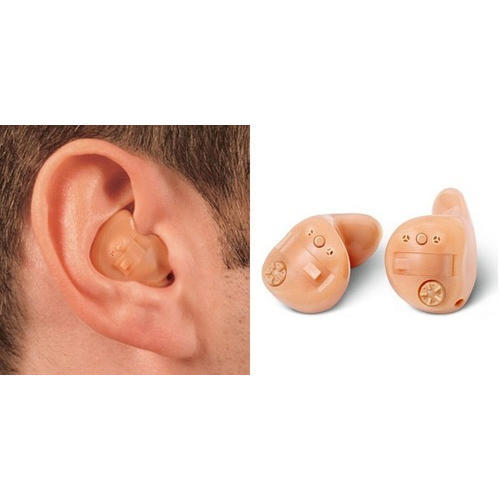
In-the-canal (ITC)
Hearing aids are custom-made to fit almost entirely inside your ear canal, making them very discreet. Many people appreciate the balance of the ITC: small enough to provide some of the same benefits as the CIC, they also provide enough room to accommodate additional options that may not fit on a CIC. ITCs are suitable for mild to moderately severe hearing losses. An In-The-Canal(ITC) is a custom-made design that is moulded to fit the ear canal. Like the CITC model, it helps in improving moderate to mild hearing loss. It is slightly bigger than the CITC.
Receiver-in-canal (RIC)
Hearing aids sit behind the ear and deliver sound directly into the ear. This is because the receiver is located outside of the hearing aid itself and instead inside ear canal. The hearing aid and receiver are connected by a discreet ‘receiver wire’ which houses an electrical cable. It has a more natural and crisper sound quality given the receiver is located inside the ear canal.
The receiver in the canal style is similar in design to behind-the-ear. Instead of tubing, a tiny wire connects the earpiece from the microphone to the receiver that sits in the ear canal.
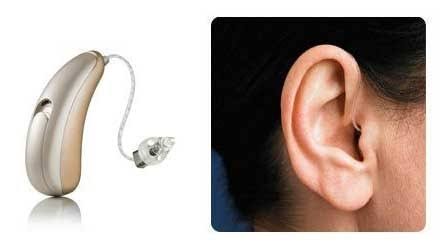
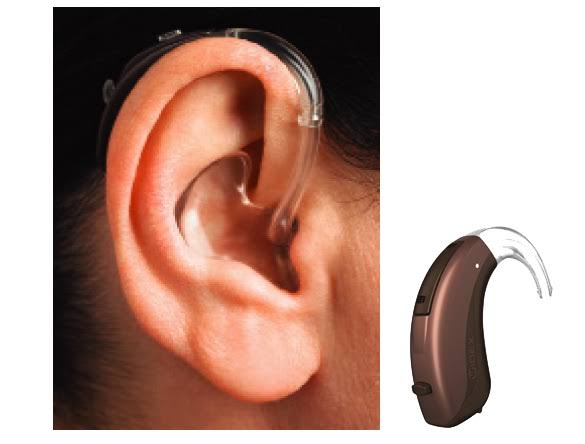
Behind the Ear (BTE)
Hearing aids sit comfortably behind your ear, allowing amplified sounds to pass through a tube to an earmold that is customized to fit into your ear. Because they are larger, BTEs can generally accommodate bigger batteries for longer life and larger amplifiers for maximum amplification. Most BTEs are compatible with assistive listening devices. BTEs are suitable for mild to profound hearing losses.
The behind-the-ear hearing aid hooks over the top of your ear. A tube helps in connecting the custom earpiece to the ear canal. It is appropriate for people of all ages.
In the ear (ITE)
In-the-ear comes custom made for people with hearing loss in two styles. One is where the bowl-shaped area fully covers the outer shell of your ear, and the other is that it only fits in the lower part or can be said as the half shell. These have two microphones for better hearing in a noisy environment. It has features like volume control and has larger batteries that last long.